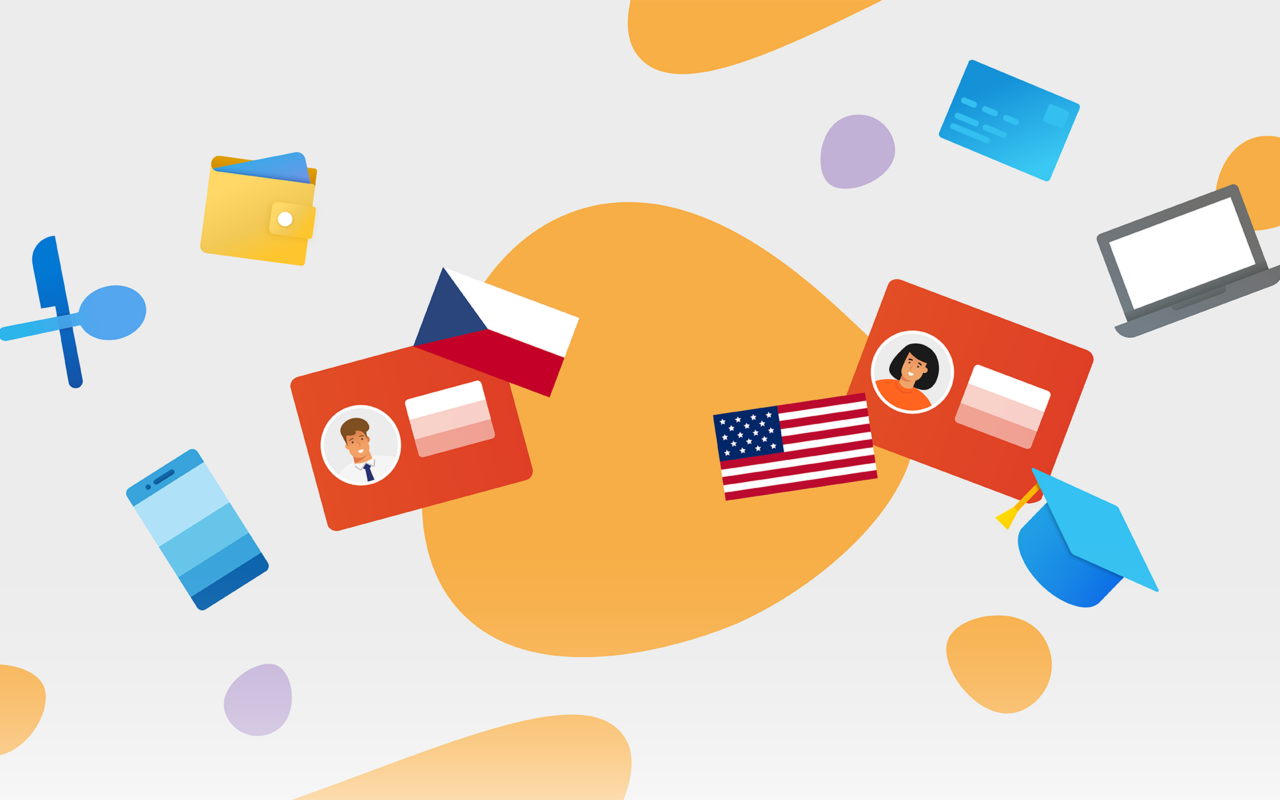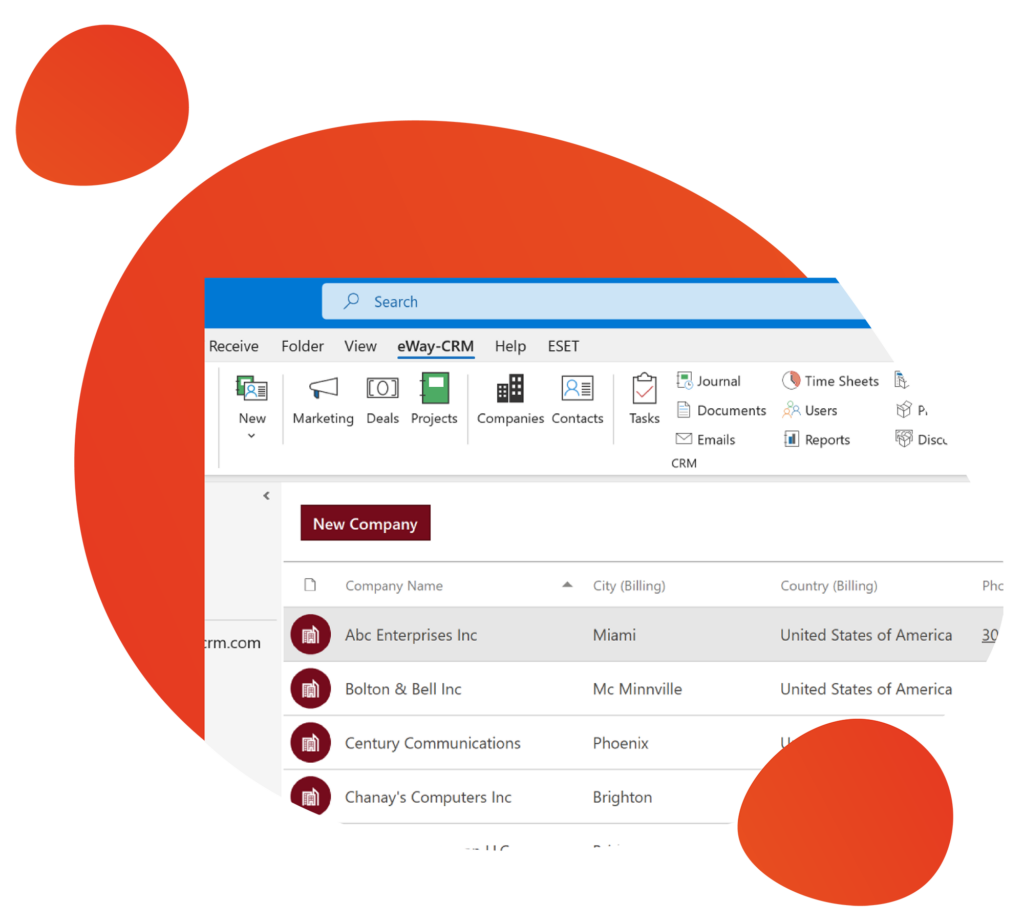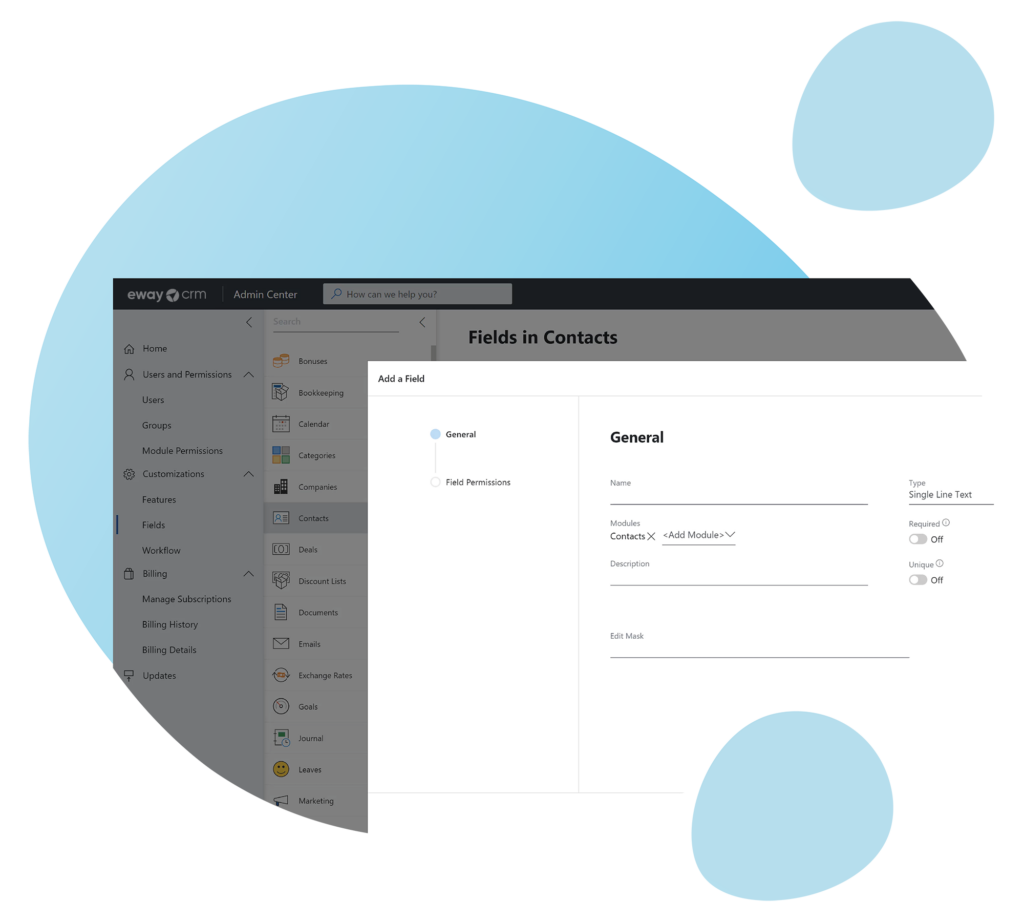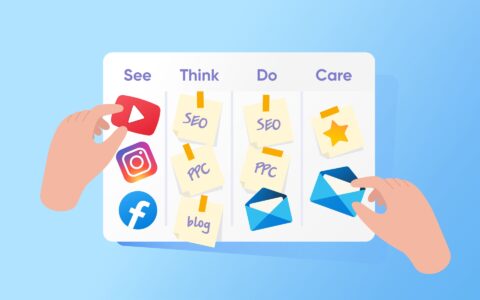
To bring better business results, individualized customer service is more appropriate than a standardized approach of mass-marketing. However, personalized attention is difficult to give if the company has many customers. A systematic customer segmentation is more efficient.
Learn how to divide customers into categories and approach each group differently using CRM software.
From the customer's point of view, we all know what it's like to be contacted by a company representative who does not know us and therefore does not understand our interests. It usually offers us something that is not of interest to us, and we try to get rid of the email or hang up as quickly as possible.
However, it is not completely out of the question that a company that is unaware of our interests has something to offer that we might be interested in. The problem is that they are offering their products without taking into consideration what we want, which creates a bad experience for us and makes us feel uncomfortable.
To improve the offer for customers or to communicate with them better, it is often enough to know some very basic information about them, such as their age. That's where a well-chosen segmentation strategy comes into play.
What is customer segmentation?
Customer segmentation is the process of dividing customers into groups based on demographic, geographic and other parameters. A customer might be an individual or a company. Customer information brings several benefits to businesses that can be used to improve their products and services.
Benefits of customer segmentation
- Product and service improvements
The success of a company depends on how well it keeps its customers happy. Thanks to your knowledge of customer preferences, you can provide the company with important information on what they like in different products and services, as well as in different ways of providing those products and services. This helps the company improve its products and services or discover new opportunities for completely new ones.
- Increased revenue
Thanks to the knowledge of customers, it is possible to prepare an offer tailored to their needs. Every group of customers will appreciate it if you only offer them what they really want. The reward is a higher percentage of successfully closed deals and an increased revenue.
- Improved retention rates
One of the most important things you can do to boost your marketing is to make sure your customers know who you are. The more they remember you, the more likely they are to stay loyal to you. Contacting customers with a personalized offer will create a deeper relationship with your brand than if you often address them with an irrelevant offer.
- Customer value
If most of your customers come to you on a regular basis, you can divide them up in groups according to the amount of revenue they bring. This will help you focus your attention on the most important clients.
TIP: The ABC analysis is ideal for dividing customers into groups according to the amount of revenue.
Let's look at how to divide customers into groups. You may already be tracking some of this customer information.
Customer Segmentation Models
Customers can be separated into groups based on many different characteristics. The most-common types of segmentation are:
- Demographic Segmentation
- Age
- Gender
- Marital Status
- Education
- Occupation
- Income
- Geographic Segmentation
- City
- State
- Country
- Psychographic Segmentation
- Interests
- Personality
- Values
- Lifestyle
- Behavioral Segmentation
- Tendencies
- Product Use
- Frequency of Purchases
- Habits
- Technographic Segmentation
- Mobile-use
- Desktop-use
- Software Adoption
- Apps
- Value-Based Segmentation
- High-Value Customer
- Low-Value Customer
Customer Segmentation Strategy
To create a functional customer segmentation strategy, it's necessary to determine how the company will divide its customers into groups and how it will work with them. Let's look at how to create such a strategy now.
1. Set customer segmentation goals
Customer segmentation is different from company to company. Before you begin grouping customers, consider your goals for segmenting. Ask yourself how you can set goals for personalizing your marketing messages, how customer information can help you with pricing policy, service improvement and so on.
2. Segment your customers
Selecting the right groups for your customers is important and tricky, but it doesn't have to be difficult. For one thing, it may depend on what industry you work in. For example, if you work in tourism, it makes sense to know what the interests or age of your client are, but if you sell products directly to other businesses, frequency of purchase might be more important.
3. Target and reach your customer segments
When you gather customer information, use it to meet your goals. For example, you can create a product tailored to a specific group of customers or change your business strategy. For example, if you find that most of your customers are nonprofits, you can set discounted prices to reach them even more.
Marketing strategies can benefit from customer segmentation too. For example, real estate agencies can tailor their offers to send bulk emails to customers interested in buying only in a selected location. Or you can track which products your customers regularly purchase and offer them new complementary products.
4. Run customer segmentation analysis
Review customer segmentation regularly and adjust as needed. After you've come to know your customers, revise the marketing strategy to suit their needs. By checking in on your customer segmentation campaign, keeping track of how they interact with your products, and talking to them directly, you can learn how to best reach them.
CRM as a tool for customer segmentation
Software tools help companies track and use data in line with their customer segmentation strategy. You will surely make use of marketing and analytical tools, but the only necessary feature for customer segmentation is to manage contacts and divide them into groups. Therefore, CRMs are great for these purposes.
 List of companies in eWay-CRM
List of companies in eWay-CRM
Contact management
Business contacts can be managed in several ways, depending on the size of your company and the number of people involved. In teams where information is not shared, they will find it difficult to have all the necessary contact details when they need them. The advantage of CRM software is that all relevant contact information about your customers and deals is always available.
Specific data
Software with limited customization options can be a problematic for companies in specific industries. For example, if you're using Excel, you can name the columns whatever you want and arrange the data in a way that makes sense to you, but this approach isn't very effective compared to CRMs when it comes to sharing the data.
When choosing a perfect CRM solution, it is therefore important to make sure that the CRM supports customization options such as creating custom user fields. This allows you to create customer segmentation groups to your needs.
 Creating your own user field in eWay-CRM
Creating your own user field in eWay-CRM
Email distribution
Another advantage of CRMs when it comes to the customer segmentation process is that you can very quickly filter customers into groups based on various parameters and their combinations. You can then export the created list to Excel and use it, for example, in an email campaign.
However, many CRMs now include professional bulk email tools by default. It makes the whole process faster and more user-friendly.











